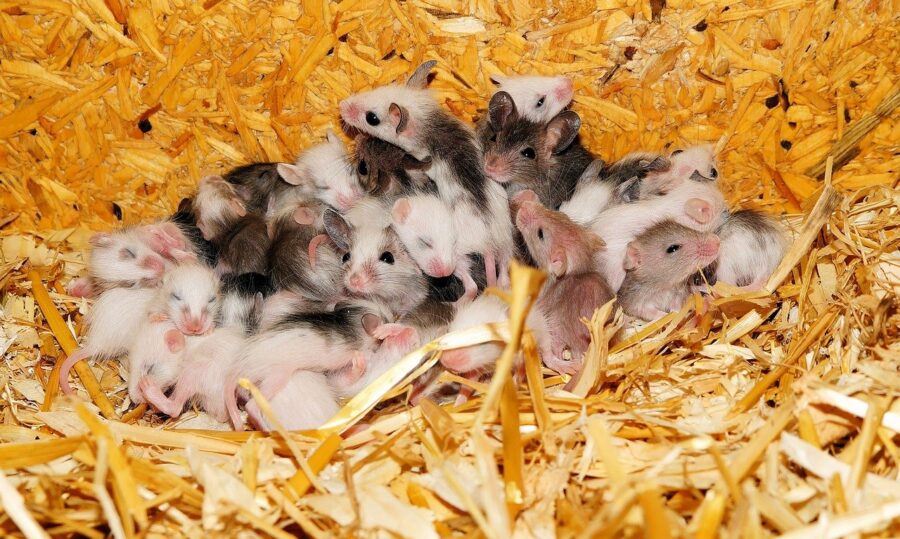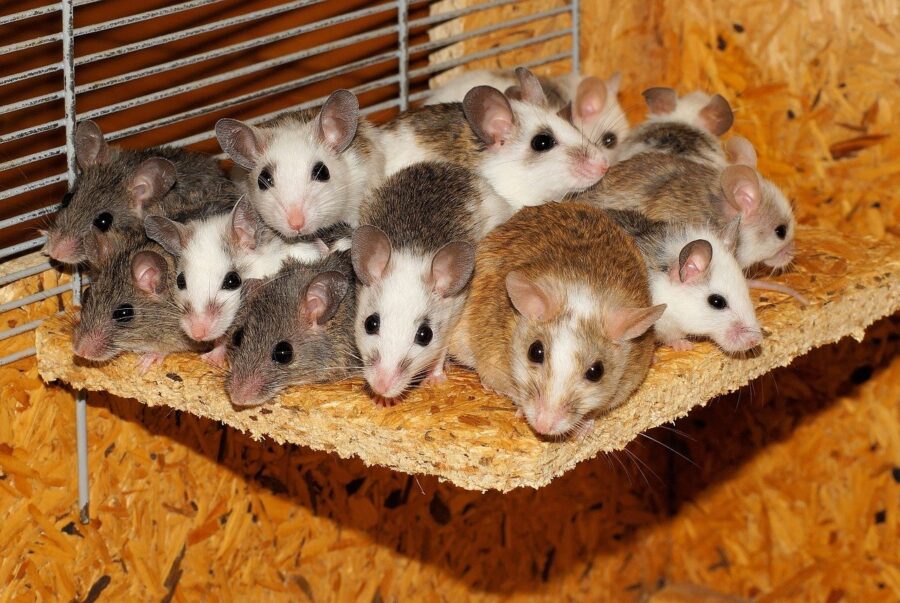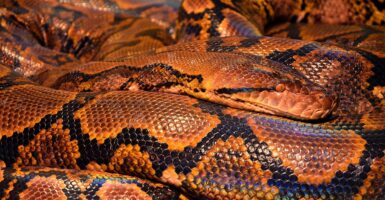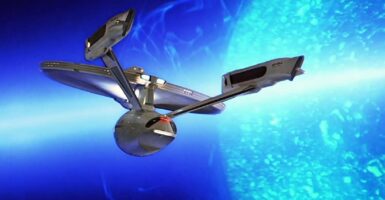Scientists Have Now Bred Mice Without Needing A Father
Scientists were able to pull off a first for mammals, having mice give birth to litters without the need of a father in the process.
This article is more than 2 years old

Worried about not having enough kids out there if society all of a sudden went Y: The Last Man on us and all of the males in the world just died off? Maybe it won’t be as big a problem as we might have thought. That’s because scientists may have genetically hacked together a workaround for the issue of needing a man and woman to create a child. Because they were just able to pull it off without one of them, at least for mice. The ability to do this raises all kinds of interesting questions and possibilities around what will be possible in the future regarding fertility in mammals, maybe even specifically humans.
A paper was published in the journal Proceedings of the National Academy of Sciences (via Futurism) titled “Viable offspring derived from single unfertilized mammalian oocytes” which just rolls right off the tongue. But inside was a fascinating study carried about by a group of researchers that aimed to have a mouse give birth to a litter without the need for a male in the process. Essentially, what they did was genetically engineer embryos in a lab which they eventually implanted into a group of female mice. The embryo modifications were such that there was no male mice sperm included. It was performed on a group of test subjects, though the results did vary among the different litters.
The authors of the paper, Yanchang Wei, Cai-Rong Yang, and Zhen-Ao Zhao described the process by which they were able to rewrite DNA and RNA in a manner that allowed for the embryo to sustain and produce offspring without the need of the male mouse. But seeking to produce offspring with parthenogenesis, reproduction without fertilization, did yield the necessary results. The specific coding of the embryos is what will undoubtedly be tested and researched for years to come on a variety of different mammals. Parthenogenesis can be more common in fauna or even reptiles, but up until now, it’s been notably absent in mammals.

The study was deemed a success when the mice were able to give birth using this modified embryo to full litters. And among the group of baby mice, apparently one was able to grow to adulthood and give birth to another litter on its own. This last part is important because there are real-world applications further down the line in which this kind of science and advancement would have an extremely practical application. The authors of the paper mention that this kind of research will extend beyond mammals and could yield results in both future medicines as well as agriculture.
Where does this go from here? Again, among the entire test group, only one mouse made it to adulthood and reproduced, so there is still quite a ways to go with this kind of research. But the possibilities are fascinating and it sure stands to reason that we could see the application in humans within our lifetime. It feels a certainty that other studies will begin cropping up along the same lines.












